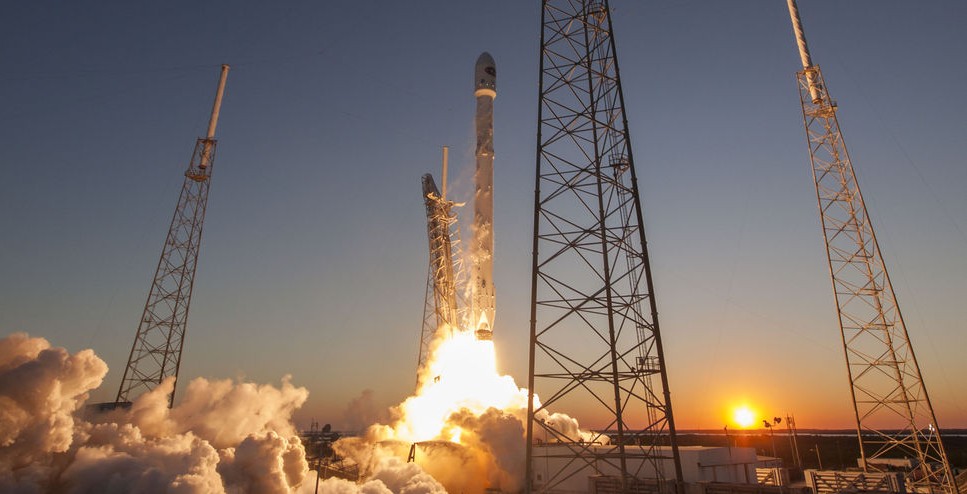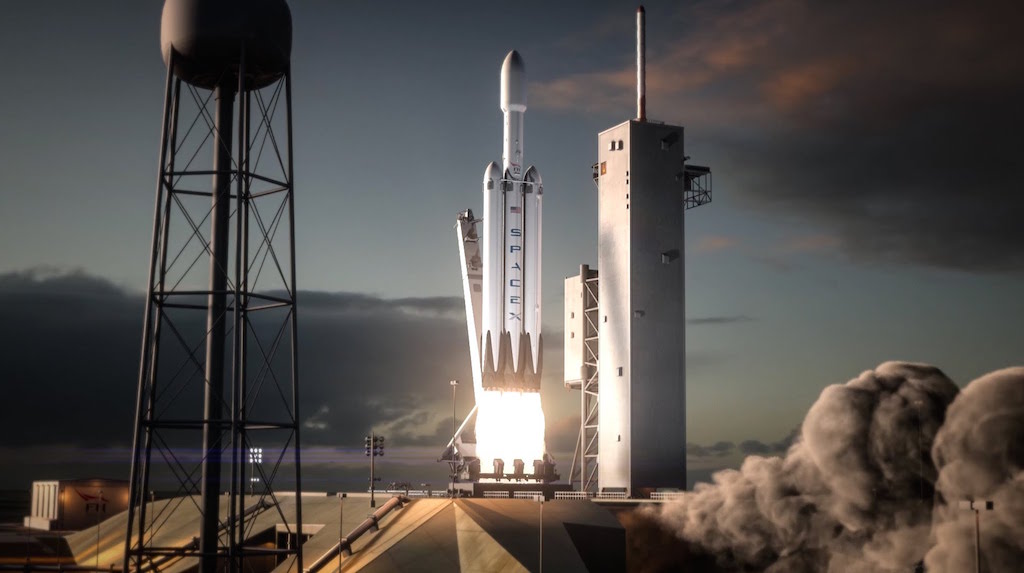

News
SpaceX Receives Pentagon Help To Develop New Rocket Engine
SpaceX has been awarded a Pentagon contract for development of its next generation Raptor rocket engine, which is 6 times more powerful than the Merlin engine it uses now.
The U.S. Department of Defense has announced a $33.7 million dollar contract awarded to SpaceX for the development of the Raptor rocket propulsion system prototype as part of the Evolved Expendable Launch Vehicle (EELV) program. The Raptor engine burns a mixture of liquid methane and liquid oxygen, and designed to produce six times the thrust of the Merlin engines SpaceX recently used on its historic mission that saw its first stage rocket land itself back on earth from orbit. Here’s why that’s important to SpaceX.
Currently, virtually all large military satellites launches are done by the United Launch Alliance, a consortium made up of Lockheed Martin and Boeing. In 2013, ULA was awarded a $1.1 billion contract for multiple launches using Lockheed Martin’s Atlas V or Boeing’s Delta IV rockets. SpaceX wants a piece of that pie.
According to Motley Fool, both ULA rockets use RD-180 engines purchased from Russia’s Energomash, which is majority owned by the Russian government. After Russia’s 2014 actions in Crimea, the US slapped economic sanctions on it and Energomash. They in turn decided they would not sell any more rocket engines to ULA. The US Congress responded to that by prohibiting the US military from using any Russian rocket engines to launch its satellites.
But Houston, we have a problem. No rocket engines means no satellite launches. ULA placed its hopes on either Blue Origin or Aerojet Rocketdyne coming up with a new rocket engine to replace the RD-180 it can no longer buy from Energomash, but that process could take 3 or 4 years to complete.
So Congress has relented somewhat. Buried in the more than 1,000 page appropriations bill approved just before Christmas, it gave ULA approval to buy a supply of RD-180s — just enough to keep it in the military launch business for the time being. But clearly, America needs American made rockets for its various space programs going forward.
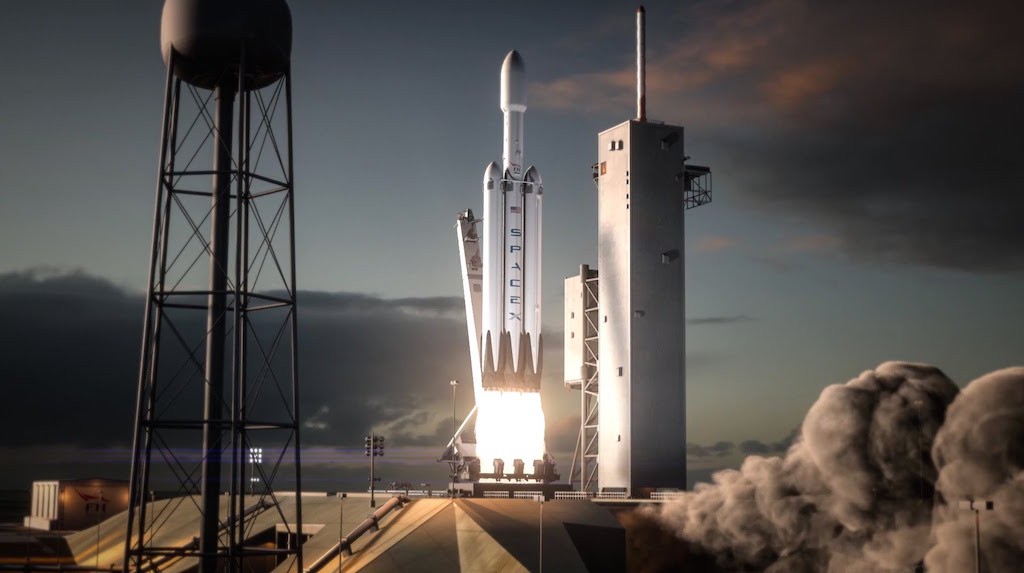
“SpaceX Falcon Heavy will be the most powerful operational rocket in the world by a factor of two” [Source: SpaceX]
Enter SpaceX, which received authorization to bid for Pentagon business last year. The next generation Raptor engines will be used to power the upcoming Falcon 9 “heavy lift” and “super heavy lift” rockets. The more powerful Falcon 9 could be used in place of the traditional satellite launching vehicles from Lockheed and Boeing. That would open the door for lucrative government contracts to flow to SpaceX instead of ULA.
There is a lot of money up for grabs launching satellites for the military over next several years. SpaceX has been funding its Raptor engine program out of its own pocket up until now, but under terms of the new contract, the Pentagon will provide $1 in development funding for every $2 invested by SpaceX.
Lockheed and Boeing might be giving way to the Aerospace upstart. SpaceX, like every venture Elon Musk is involved with, will put every ounce of effort into getting to the finish line ahead of everyone else.
More SpaceX News
- SpaceX Shows Off Crew Dragon Capsule Hover Test
- SpaceX Delivers Jason-3 Satellite, Almost Sticks Falcon 9 Landing at Sea
- Watch as SpaceX Completes a Historic Rocket Landing

News
Tesla Model 3 and Model Y named top car buys in Norway
Despite growing competition from European and Korean brands, both models stood out for their balance of price, performance, and everyday usability.
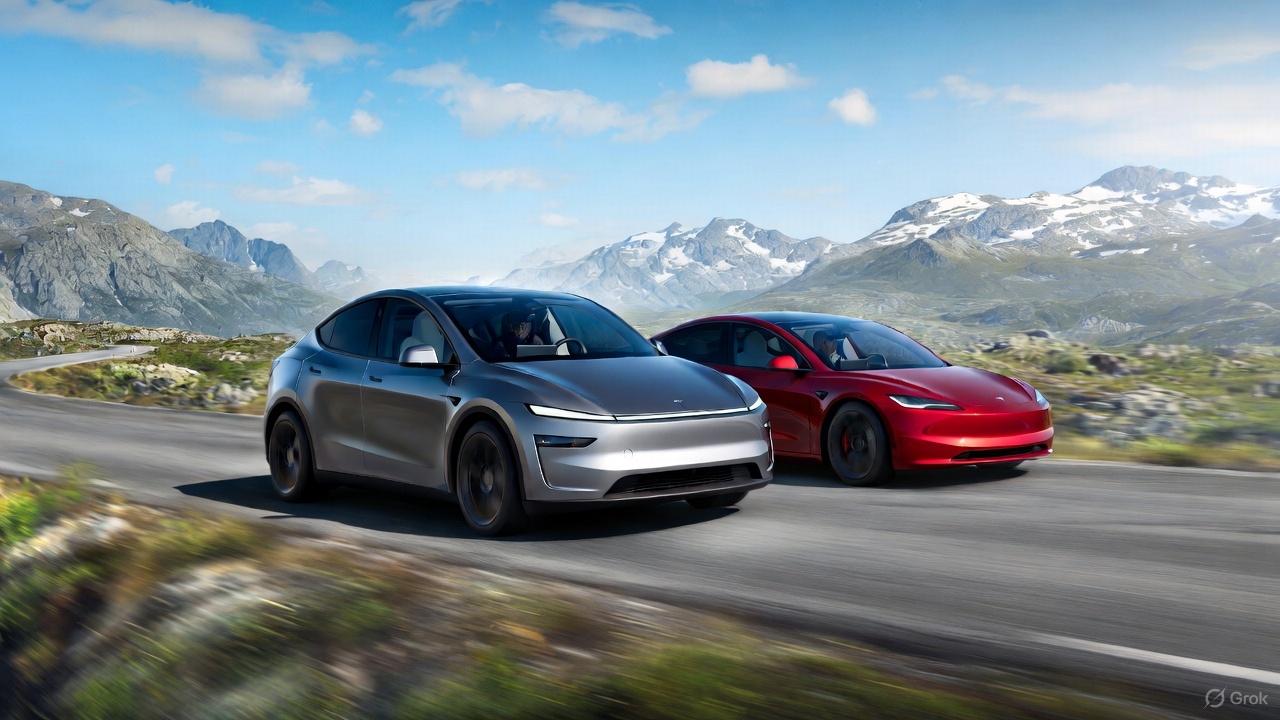
Norway’s annual roundup of the best car purchases featured Tesla’s two main sellers this year, with the Model 3 and Model Y securing top positions in their respective segments.
Despite growing competition from European and Korean brands, both models stood out for their balance of price, performance, and everyday usability. The verdict comes as electric vehicle adoption remained above 95% of new vehicle sales in the country.
Tesla Model 3 strengthens its value position
Among compact EVs, the Tesla Model 3 maintained its position as the best overall buy thanks to its strong blend of performance, efficiency, and updated features. Reviewers noted that every trim offered compelling value, especially with the all-electric sedan’s improved cabin ergonomics and the return of the turn-signal stalk, which was one of the few previous complaints among drivers.
The Model 3’s mix of long-range capability, low operating costs, and responsive handling has continued to set the benchmark for compact EVs in Norway. While competitors from Hyundai, Volkswagen, and Peugeot have narrowed the gap, Tesla’s price-to-capability ratio has remained difficult to beat in this segment, Motor.no reported.
“The Model 3 clearly offers the best value for money in the compact class, no matter which version you choose. Now it also gets the turn signal lever back. This eliminates one of the few flaws in a driving environment that many believe is the best on the market,” the publication wrote.
Tesla Model Y claims its crown
The Tesla Model Y emerged as Norway’s top family-car purchase this year. The latest refresh introduced improvements in ride quality, styling, and interior materials, allowing the Model Y to deliver a more premium driving experience without a substantial price increase.
Reviewers praised its spacious cabin, strong safety profile, and practical range, all of which reinforced its appeal for families needing an all-purpose electric crossover. The Model Y remains especially notable given its continued popularity in Norway even as Tesla faces declining sales in other global markets.
“The Model Y is back as the winner in the family class. The upgrade in the new year was even more extensive than expected. It is a slightly more elegant and significantly more comfortable Model Y that solidifies its position as Norway’s best car purchase in the most important class,” the Norwegian motoring publication noted.
News
Tesla Giga Berlin is still ramping production to meet Model Y demand: plant manager
Tesla Gigafactory Berlin has expanded to two full shifts, as per the facility’s plant manager, and a lot of it is due to Model Y demand.

Tesla Gigafactory Berlin has expanded to two full shifts, as per the facility’s plant manager, and a lot of it is due to Model Y demand. While registrations in some countries such as Sweden have fallen sharply this year, the company’s sales in other key territories have been rising.
Giga Berlin shifts to two shifts
Giga Berlin factory manager André Thierig told the DPA that the facility has been running two shifts since September to manage a surge in global orders. And due to the tariff dispute with the United States, vehicles that are produced at Giga Berlin are now being exported to Canada.
“We deliver to well over 30 markets and definitely see a positive trend there,” Thierig said.
Despite Giga Berlin now having two shifts, the facility’s production still needs to ramp up more. This is partly due to the addition of the Tesla Model Y Performance and Standard, which are also being produced in the Grunheide-based factory. Interestingly enough, Giga Berlin still only produces the Model Y, unlike other factories like Gigafactory Texas, the Fremont Factory, and Gigafactory Shanghai, which produce more than one type of vehicle.
Norway’s momentum
Norway, facing an imminent tax increase on cars, has seen a historic spike in Tesla purchases as buyers rush to secure deliveries before the change takes effect, as noted in a CarUp report. As per recent reports, Tesla has broken Norway’s all-time annual sales record this month, beating Volkswagen’s record that has stood since 2016.
What is rather remarkable is the fact that Tesla was able to achieve so much in Norway with one hand practically tied behind its back. This is because the company’s biggest sales draw, FSD, remains unavailable in the country. Fortunately, Tesla is currently hard at work attempting to get FSD approved for Europe, a notable milestone that should spur even more vehicle sales in the region.
News
Tesla launches crazy Full Self-Driving free trial: here’s how you can get it
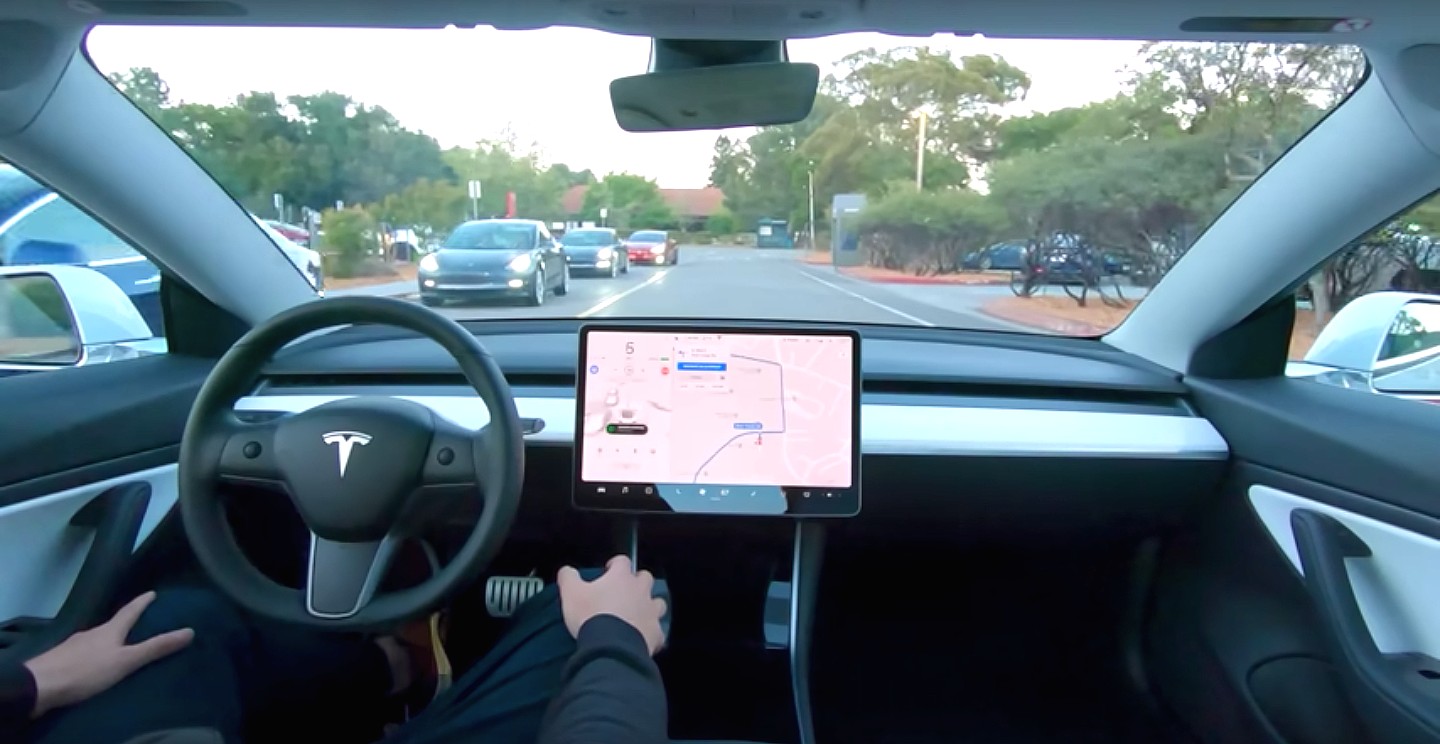
Tesla is launching a crazy Full Self-Driving free trial, which will enable owners who have not purchased the suite outright to try it for 30 days.
There are a handful of stipulations that will be needed in order for you to qualify for the free trial, which was announced on Thursday night.
Tesla said the trial is for v14, the company’s latest version of the Full Self-Driving suite, and will be available to new and existing Model S, Model 3, Model X, Model Y, and Cybertruck owners, who will have the opportunity to try the latest features, including Speed Profiles, Arrival Options, and other new upgrades.
🚨 Tesla is launching a free 30-day trial of Full Self-Driving in North America for owners.
It includes every model, but you need v14.2 or later, and you cannot have already purchased the suite outright. https://t.co/8CNmxxOkVl
— TESLARATI (@Teslarati) November 27, 2025
You must own one of the five Tesla models, have Full Self-Driving v14.2 or later, and have an eligible vehicle in the United States, Puerto Rico, Mexico, or Canada.
The company said it is a non-transferable trial, which is not redeemable for cash. Tesla is reaching out to owners via email to give them the opportunity to enable the Full Self-Driving trial.
Those who are subscribed to the monthly Full Self-Driving program are eligible, so they will essentially get a free month of the suite.
Once it is installed, the trial will begin, and the 30-day countdown will begin.
Tesla is making a major push to increase its Full Self-Driving take rate, as it revealed that about 12 percent of owners are users of the program during its recent earnings call.
Tesla CFO Vaibhav Taneja said during the call:
“We feel that as people experience the supervised FSD at scale, demand for our vehicles, like Elon said, would increase significantly. On the FSD adoption front, we’ve continued to see decent progress. However, note that the total paid FSD customer base is still small, around 12% of our current fleet.”
Earlier today, we reported on Tesla also launching a small-scale advertising campaign on X for the Full Self-Driving suite, hoping to increase adoption.
Tesla Full Self-Driving warrants huge switch-up on essential company strategy
It appears most people are pretty content with the subscription program. It costs just $99 a month, in comparison to the $8,000 fee it is for the outright purchase.
